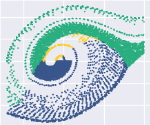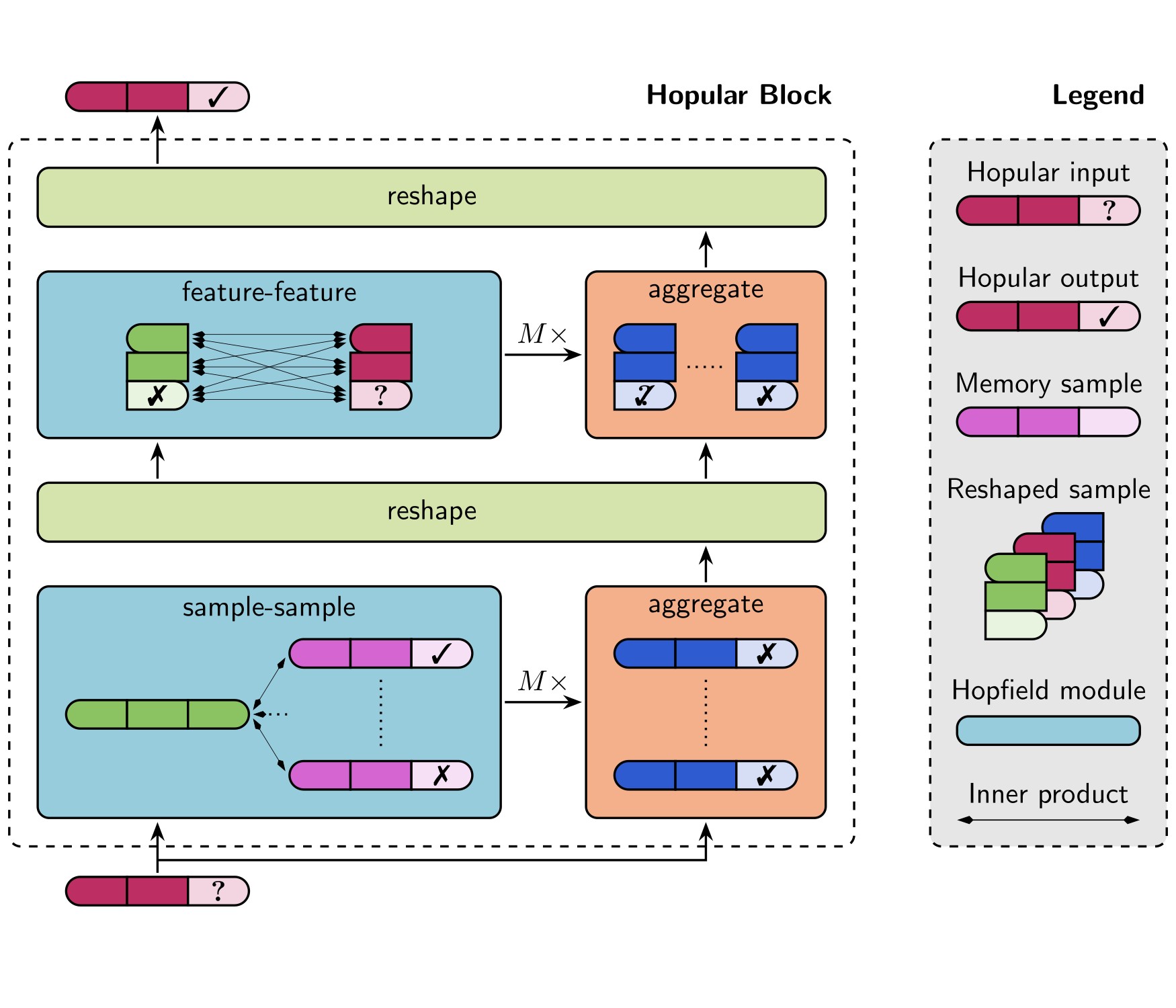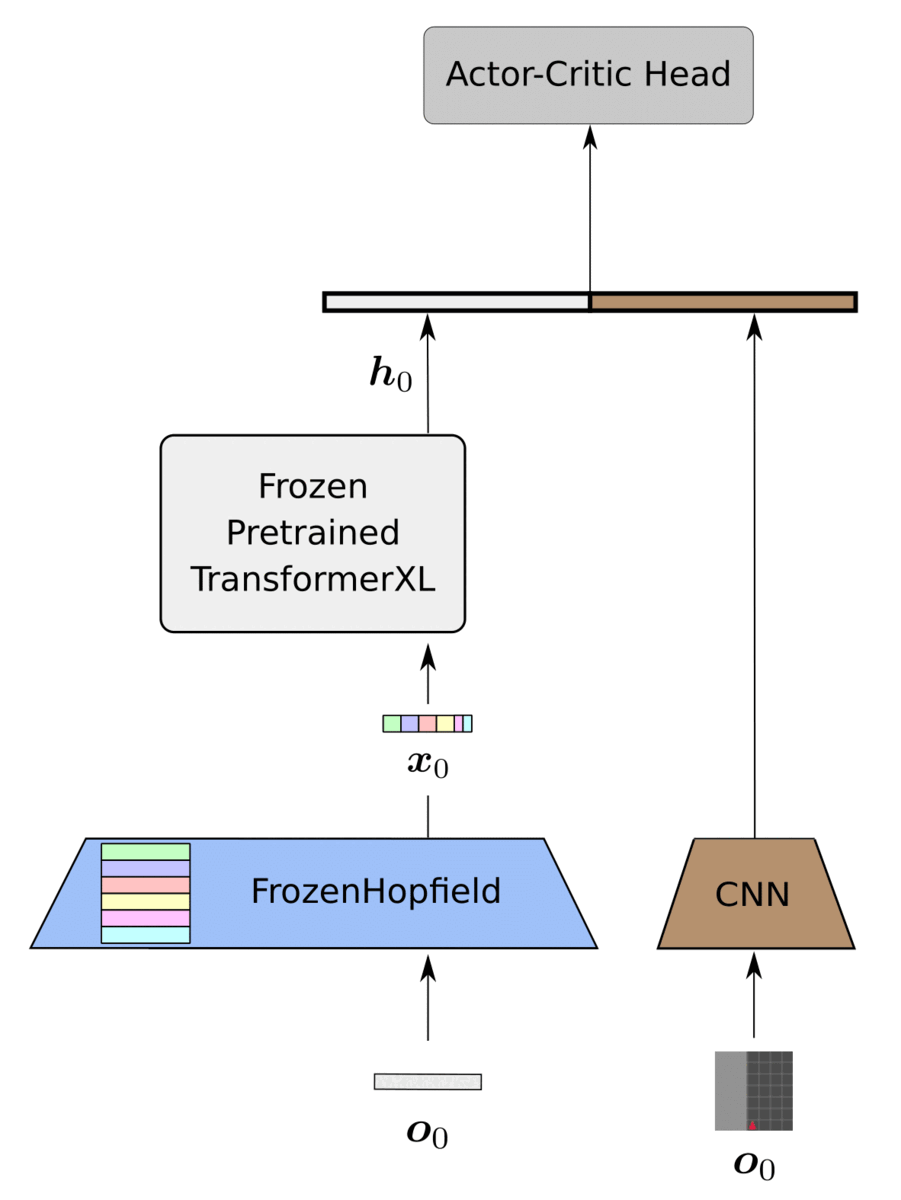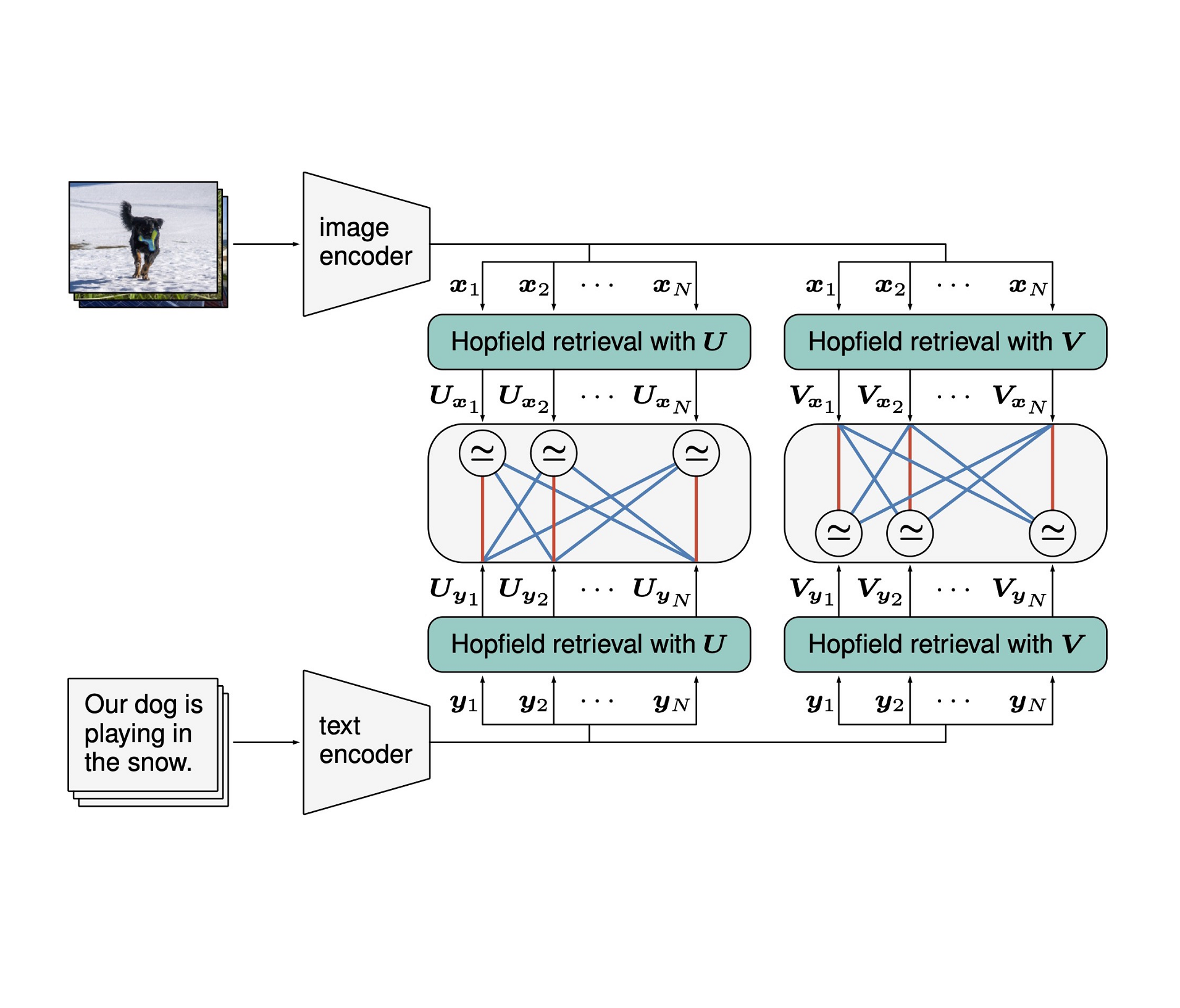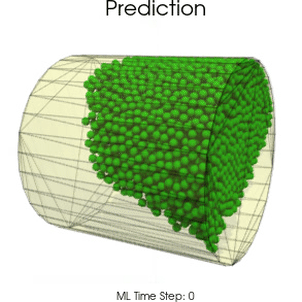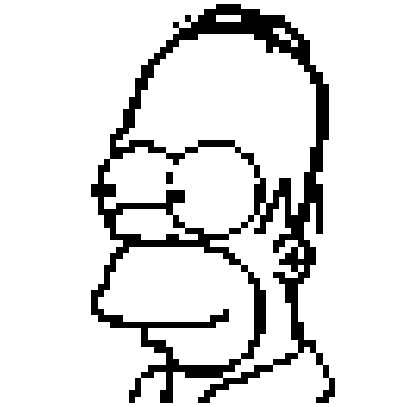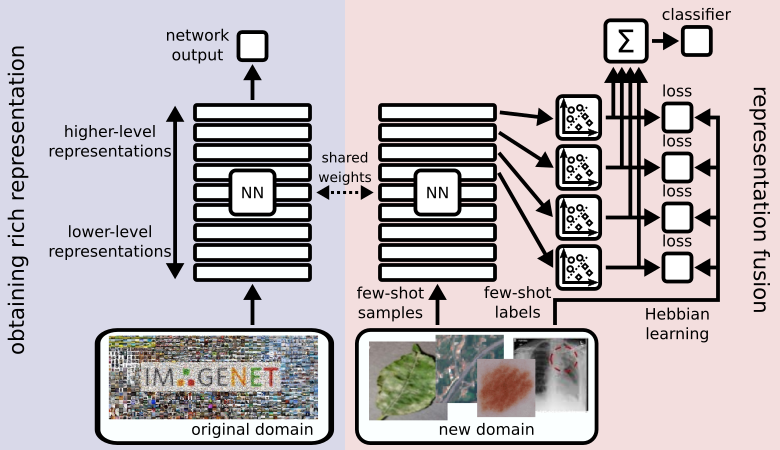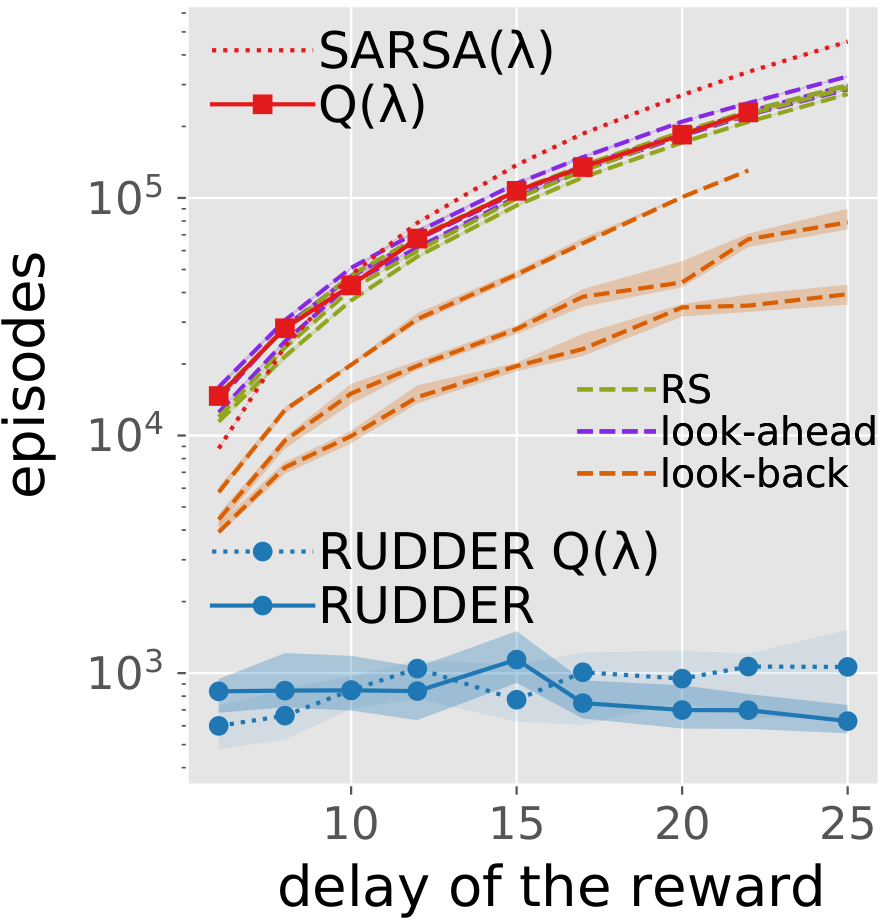-
A Dataset Perspective on Offline Reinforcement Learning
-
Few-Shot Learning by Dimensionality Reduction in Gradient Space
-
Hopular: Modern Hopfield Networks for Tabular Data
-
History Compression via Language Models in Reinforcement Learning
-
CLOOB: Modern Hopfield Networks with InfoLOOB Outperform CLIP
-
Boundary Graph Neural Networks for 3D Simulations
-
Looking at the Performer from a Hopfield point of view
-
CHEF: Cross Domain Hebbian Ensemble Few-Shot Learning
-
Align-RUDDER: Learning from Few Demonstrations by Reward Redistribution
We present Align-RUDDER an algorithm which learns from as few as two demonstrations. It does this by aligning demonstrations and speeds up learning by reducing the delay in reward.

-
RUDDER - Reinforcement Learning with Delayed Rewards
-
Hopfield Networks is All You Need
